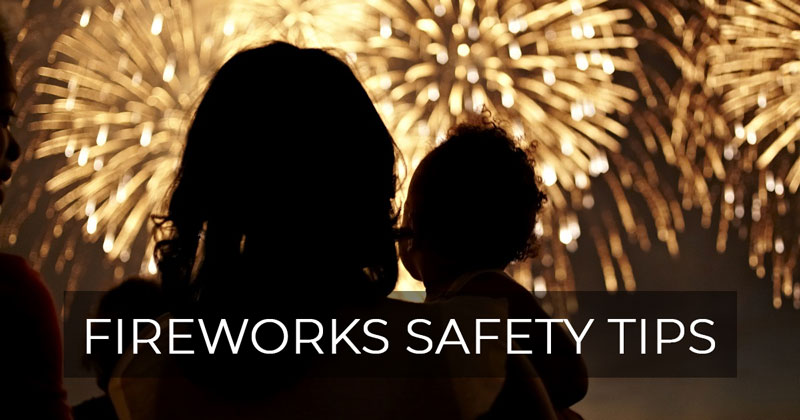Every year, Americans enjoy the 4th of July by setting off firecrackers, bottle rockets and sparklers. However, the celebration often turns into tragedy with the improper use of fireworks. According to the United States Consumer Product Safety Commission, approximately 12,900 firework-related injuries were treated in emergency departments in 2017. There were at least 8 firework-related deaths in 2017. The high number suggests more needs to be done to prevent firework-related injuries.
Firework-Related Injury Facts
- The types of fireworks that cause the most injuries are firecrackers, sparklers and bottle rockets.
- The most frequently injured body parts are the hands, head/neck, and eyes.
- Burns are the most common injury. Cuts, bumps and bruises are the most common injuries to the head.
- In addition to blindness, third degree burns and permanent scarring, fireworks also cause life-threatening home and motor vehicle fires.
Who is at Risk?
- Boys are two times more likely than girls to be injured by fireworks.
- Children younger than 15 account for 1 out of 4 firework-related injuries.
- Most firework-related injuries occur around the 4th of July.
Firework Safety Tips
- Do not buy fireworks to use at home.
- The best way to enjoy fireworks is to attend a public display by trained professionals.
- Never allow children to play with fireworks, including sparklers.
- Even though some parents consider sparklers to be “safe fireworks,” they can reach temperatures of 1800 degrees and easily ignite clothing. Sparklers are a leading cause of firework-related injury.
- Firework-related injuries often happen when a parent or an adult is present. Therefore, supervision alone is not enough to prevent serious injuries.
- One in four firework-related injuries to children occurs to bystanders. Even if you do not allow your children to touch fireworks, they can still be seriously injured if they are around others who are using fireworks.
- Teach your children the dangers of fireworks.

